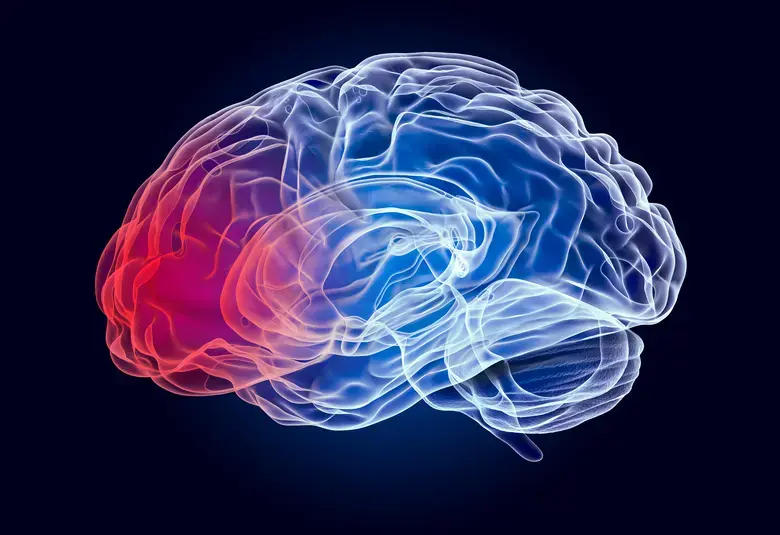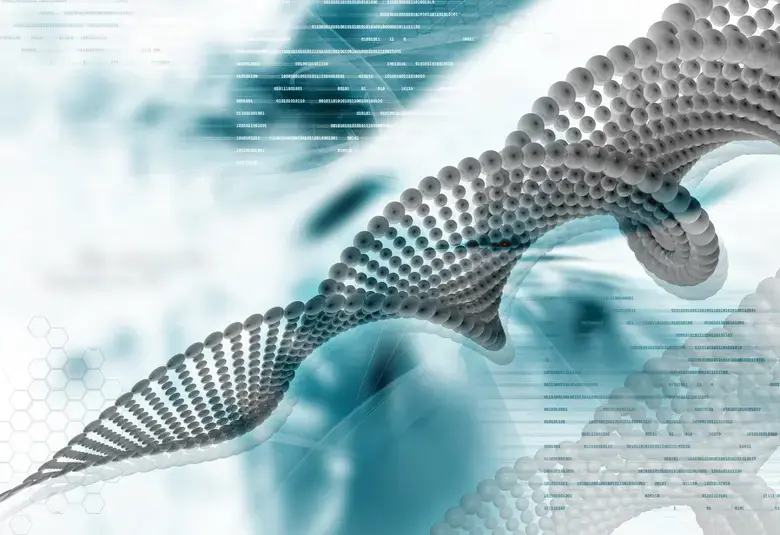There has been an increased interest in research for the negative symptoms of schizophrenia over the last 15 years. This has resulted in better conceptualization and definitions of the symptoms. Nevertheless, negative symptoms remain a significant unmet need in schizophrenia, and more widely in many other psychiatric and neurological conditions.
Classification of negative symptoms
Negative symptoms have been divided into two categories: apathy/amotivation and diminished expression. These are further subdivided into five domains: apathy/amotivation into avolition, anhedonia, and asociality, and diminished expression into blunted affect and alogia.
The pathophysiology of negative symptoms remains unclear. However, the presence of these symptoms is strongly associated with patient outcomes as they interfere with patients’ recovery of function and quality of life.1 Moreover, it is widely recognized that these symptoms do not respond to conventional antipsychotic treatments.
Negative symptoms interfere with patients’ recovery of function and quality of life
Rating of negative symptoms
One of the obstacles to the development and testing of new treatments is the fact that negative symptoms are not well addressed by traditional rating scales, such as the PANSS and SANS. Therefore, a second generation of negative-symptom rating scales, such as the Brief Negative Symptom Scale (BNSS), have been developed.2 A recent multinational study initiated by the ECNP Schizophrenia Working Group was designed to validate the BNSS and to evaluate its identification of patients with moderately severe negative symptoms.3 This study demonstrated the validity and ease of use of this scale. It also validated the use of the five-domain structure for negative symptoms; and found that the BNSS identified more patients with moderate-severity negative symptoms than did the PANSS. There was a high correlation between scores for avolition on the BNSS and patients’ level of functioning. Avolition is poorly assessed by the PANSS, where the BNSS presents a new opportunity to evaluate this important symptom.
The BNSS is more effective than traditional scales in identifying patients with a moderate severity of negative symptoms
Measuring apathy and avolition
Apathy and avolition can be difficult to assess in the clinic from talking with the patients and carers, so more objective measures can be helpful to the physician. The Apathy Evaluation Scale, when completed by the nurse or carer, correlates well with the score for apathy on the BNSS. In addition, in a small pilot study, motor activity (assessed by actigraphy) on weekends was strongly associated with apathy. This appeared to be particularly the case at weekends, because patients had less externally applied structure, to keep them active and motivated.
In animals, apathy can be assessed in tests involving effort-reward integration – which require an assessment of whether the reward is worth the effort of initiating and persisting in an activity. Similar types of tests in patients with schizophrenia have demonstrated that effort discounting (devaluation of the reward because of the effort made to achieve it) is specifically associated with apathy (not with anhedonia or asociality).4 On neuroimaging, apathy is also associated with a reduced activation in the ventral striatum in anticipation of rewards.5
Apathy is associated with reduced activation in the ventral striatum on reward anticipation
Cross-species research
These studies in animals and patients with schizophrenia highlight the need for research into negative symptoms across species. Research in animals provides the possibility of finding common neural circuitry and other pathological mechanisms, which can improve our understanding of these symptoms. Nevertheless, some animal models may provide apparent parallels to human symptoms – such as asociality-type effects in rodents – but these may not reflect accurately the experience of this negative symptom by patients. In addition, some symptoms – for example alogia – may be difficult to map to animal models. However, animal models can allow researchers to investigate interactions between the environment (e.g. stressors) and genetics (e.g. neuregulin-1) in mice,6 and their consequent effects in effort–reward integration tasks.
New treatments on the way?
Drugs aimed at treating negative symptoms in patients with schizophrenia are in development. However, there are logistical questions and difficulties associated with their testing. For instance, the effects of an adjunctive therapy designed to treat negative symptoms may be masked by the presence of the antipsychotic and the development of secondary negative symptoms. In addition, negative symptoms respond well to the frequent assessments and in-patient status that may be required by clinical trials – resulting in large placebo effects. Despite these problems, these new therapies may offer some hope not only for patients with schizophrenia, but for those with other psychiatric and neurological disorders that are associated with negative symptoms.
New therapies for negative symptoms may be able to offer hope to patients across the spectrum of many disorders
Our correspondent’s highlights from the symposium are meant as a fair representation of the scientific content presented. The views and opinions expressed on this page do not necessarily reflect those of Lundbeck.




